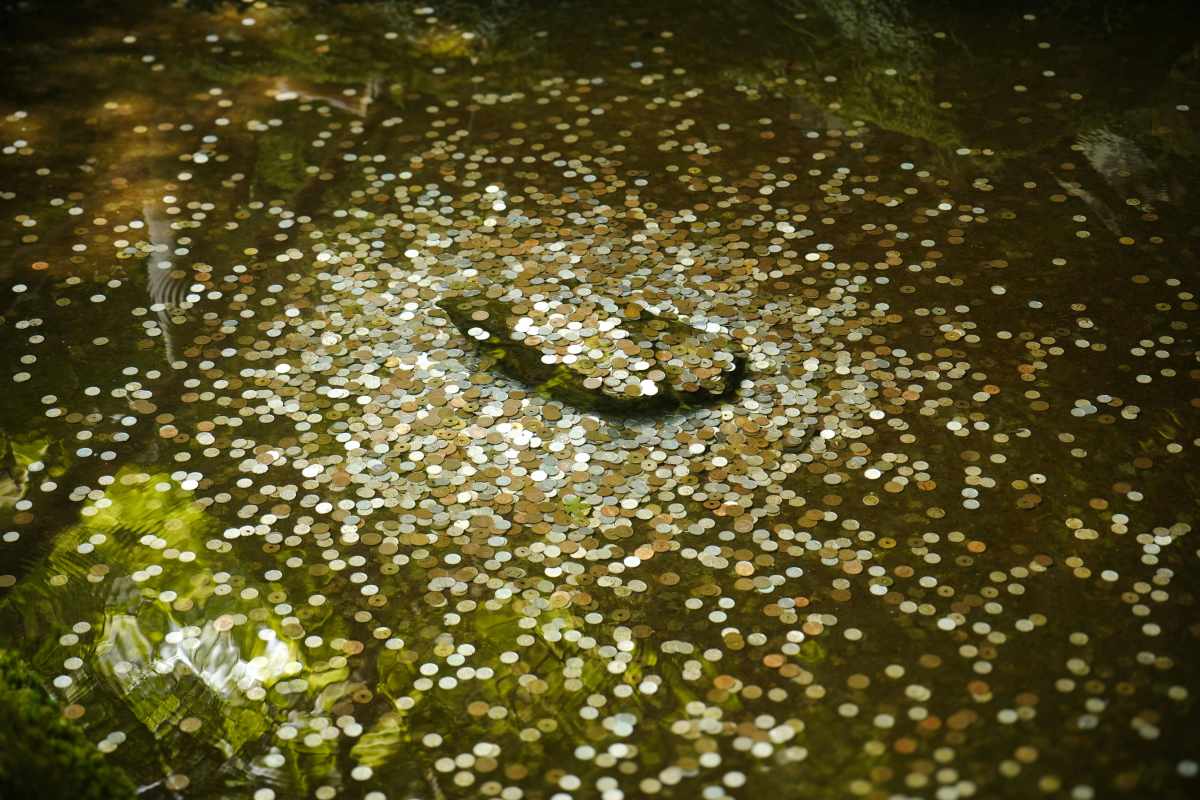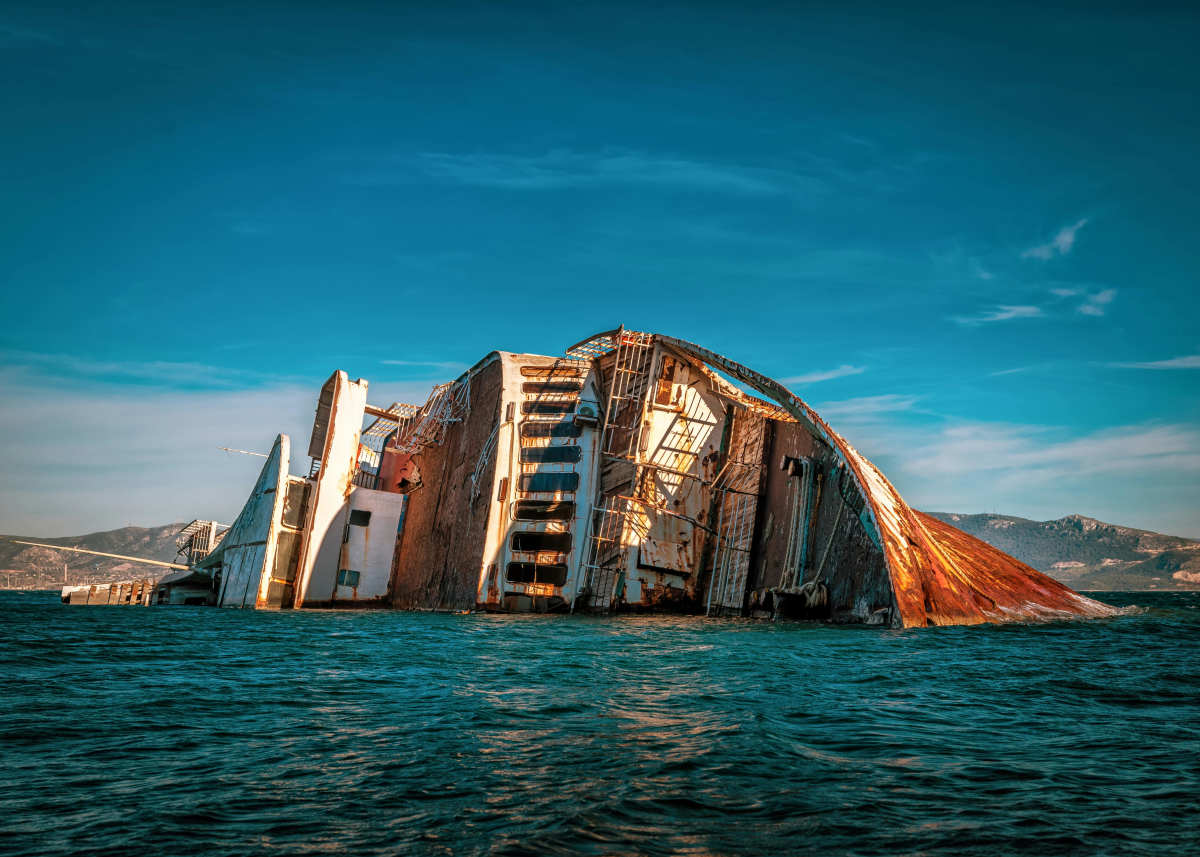Diver's accidental find off Sardinia led to the discovery of 50,000 rare bronze coins from 4th-century Roman period

A cache of fourth-century coins has been discovered from waters off Sardinia, Italy. The discovery was initiated by a diver who was swimming near Arzachena, according to Earth.com. The diver was casually swimming in the area and had no idea that such a treasure was hidden there. He saw traces of metal and immediately informed the authorities. It was when officials arrived at the site that the cache of around 50,000 coins came to light. Researchers found the coin spread between the sandy area of the beach and the underwater seagrass in the waters.

Invaluable coins hidden from the world
Researchers claim that the findings include bronze coins, with early counts based on weight coming between 30,000 and 50,000 pieces. They also detected amphorae fragments around the coins, which possibly came from workshops in Africa and parts of Asia. This insight proved crucial, as it indicated that trade was active at this part of the coast during the late Roman period. The timing is pivotal to note, because during this period, new rulers and reforms were transforming daily transactions. General Director of Archaeology, Fine Arts, and Landscape at Italy's Ministry of Culture, Luigi La Rocca, claims that it is one of the most important coin discoveries ever made in the region.

The collection of 'follis'
Upon a closer look, researchers realized that the Roman coins were follis, bronze coins introduced around 294 AD by the former Roman emperor Diocletian, according to The Guardian. The discovery was announced in 2023; however, the exact date has been kept under wraps. Experts were shocked at the condition, as the coins were well-preserved, and even the damaged ones carried legible inscriptions. If the coins have been spotted in the region, it implies that shipwrecks could be nearby, whose inhabitants possibly owned the coins.
Amphora fragments also raised eyebrows of experts, as they believe its presence means that commercial movement was occurring all across the Mediterranean. Some might have arrived from North Africa, and some through the eastern provinces. Merchants were essentially mixing goods from different routes on the same voyage. The coins were like typical follis, weighing around ten grams and carrying a thin wash of silver.
Who carried the coins?
Researchers are unsure how the coins came to the site, but they have certain speculations. Because the stash is so huge, there could be multiple scenarios in play, like cargo spilling or a captain stashing pay in one place to spend in the next port, which somehow fell from the ship. The discovery site is close to a natural corridor, where waves and currents slow down. This phenomenon could explain why so many coins got concentrated in one place. The scattering that is present may be the consequence of the container in which these coins were placed, breaking down in the water.
Currently, researchers are looking for a shipwreck and confirming whether the amphora and coins were from the same source. It would help them to understand the voyage through which these items reached the location. The coins and amphora fragments will also undergo an investigation for further insights into when they were made and under whose authority.